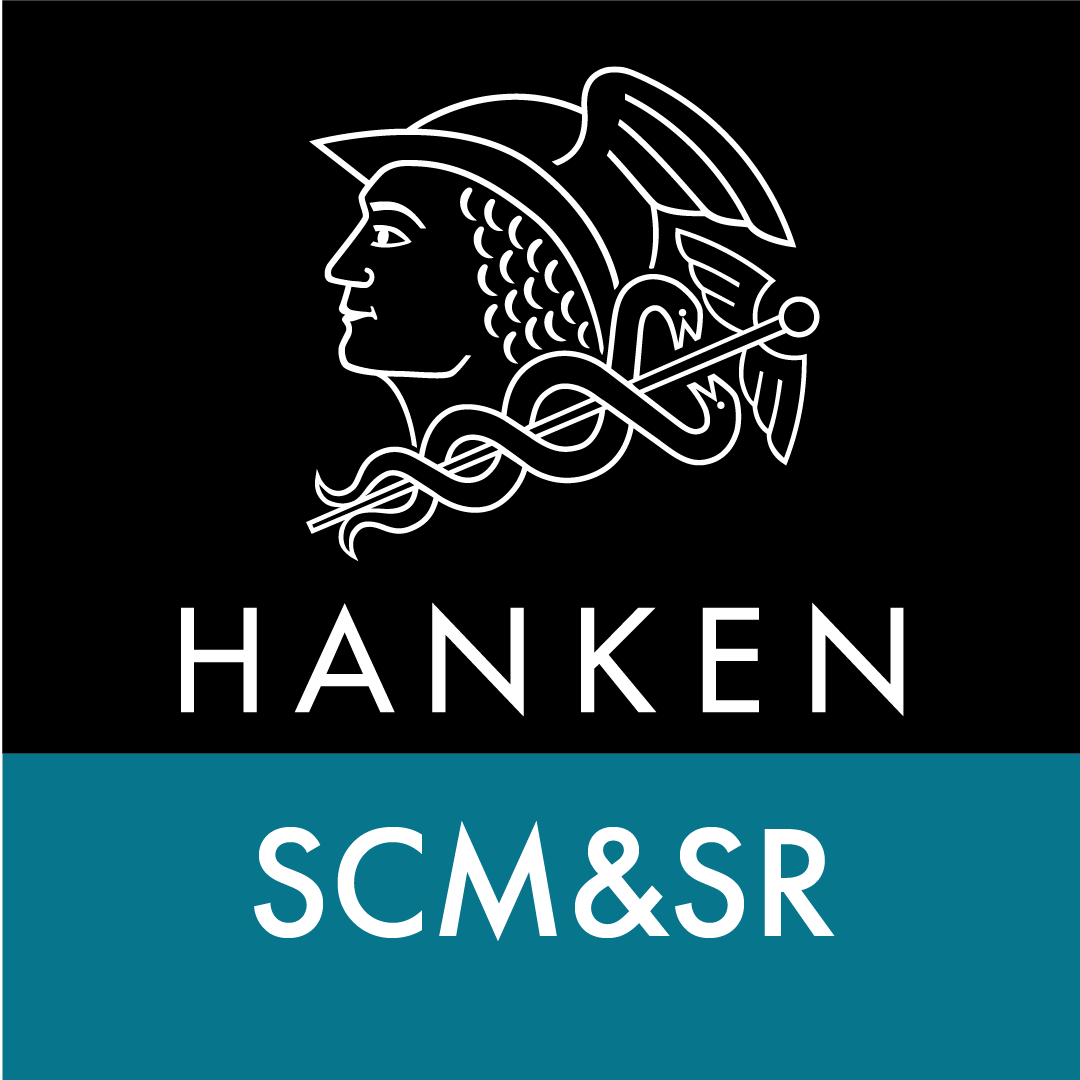The project course in Humanitarian Logistics is a course where groups of students are paired up with companies and NGOs to work on a specific project. During previous years, actors like IMPACCT, HEUREKA Kuehne+Nagel Denmark, and FRC have participated in the course on the company/NGO side.
It also required us identify the strengths and bottlenecks of importing medicines and medical equipment during these processes.
In this blog post, Hanken alumni Jamile Hamideh and Nicole Nguyen share their experiences on the course.
Nicole did the course with IMPACCT: “The aim of the project was to map the importation and customs processes to import medicines and medical equipment into Africa in the humanitarian context. It also required us identify the strengths and bottlenecks of importing medicines and medical equipment during these processes.”
As a bonus, you get an advanced sneak peek into the daily challenges in humanitarian logistics.
Nicole describes how the group went on about specifying their focus and approaching the challenge: “Our group first decided to narrow down the scope significantly, from Africa in general to just three African countries (Zimbabwe, Malawi, and Mozambique) based on their official languages and geographical location. We collected data from focus group discussions with experts in the field for each country. Afterwards, we used the collected data to map out the importation and customs processes, and identified bottlenecks that might hinder the medicines and medical equipment process into these countries as well as provide recommendations based on literature.”
The thoughts after the course, and what students can get out of it, Nicole describes: “Students get connection with field experts, although not everyone is perhaps willing to connect. One gets to participate in real projects that address real problems. As a bonus, you get an advanced sneak peek into the daily challenges in humanitarian logistics.”
Jamile, on the other hand, did her project in collaboration with Finnish Church Aid (FCA).
She describes the aim of the project: “Our aim was to help FCA in setting the targets and action plan it needed to fulfil its commitment to the Climate and Environment Charter for Humanitarian Organizations. We were focused on Commitment 5, related to establishing partnerships across and beyond the humanitarian sector.”
The project went on: “We started by working to narrow down the project scope and decide with FCA what the final deliverable to the organization will be. After that, we conducted a literature review focused on sustainability in the humanitarian sector, collaboration and partnerships, and sustainable supply chains, and did a case study on three organizations that had successfully implemented sustainability initiatives: ICRC, Unilever, and Kuehne + Nagel.
Finally, I made fantastic contacts with the organization and ended up writing my master’s thesis about FCA.
Finally, we created our deliverable, the FCA and Partnerships for Sustainable Action reference guide for FCA to use in its strategy-building work.ty and the final deliverable for FCA, and conducted a short survey asking the organization’s employees if they were satisfied with the quality of our Conduct case studies on organizations that have successfully implemented sustainable initiatives”
What Jamile took out of the project was: “The course was my first contact with project management, including Gantt charts and tools for organizing teamwork, which I continue to use in my work now. It was also my first time working with a humanitarian organization, and it gave me insight in how they operate. Finally, I made fantastic contacts with the organization and ended up writing my master’s thesis about FCA.”


